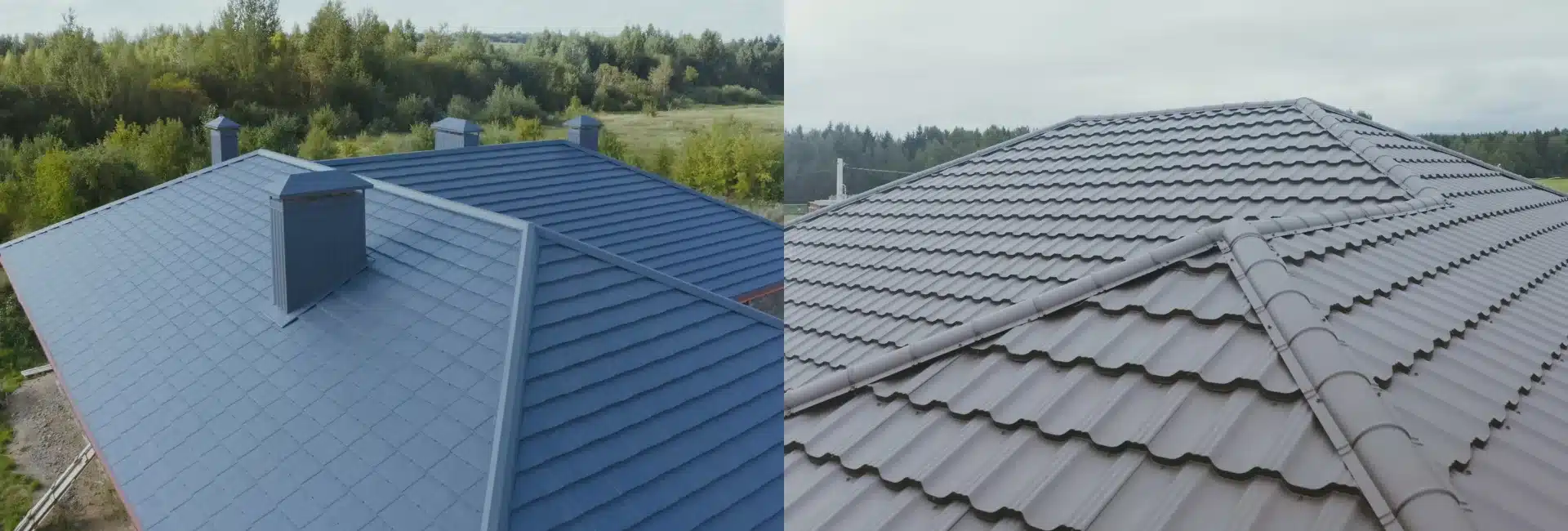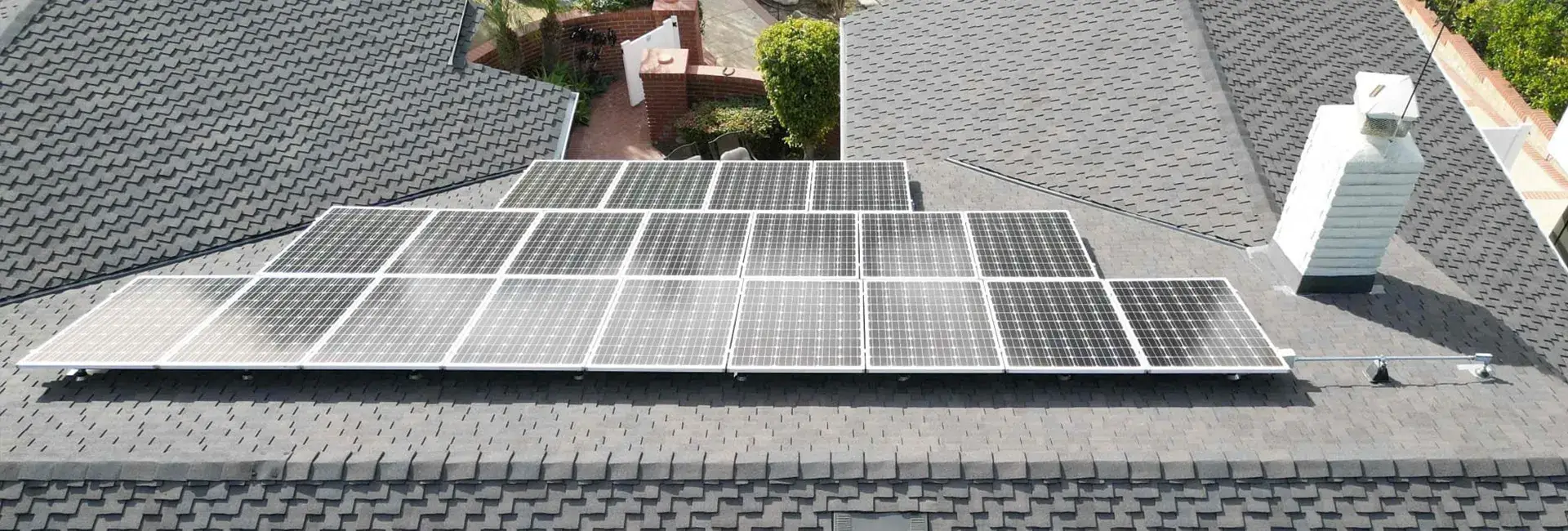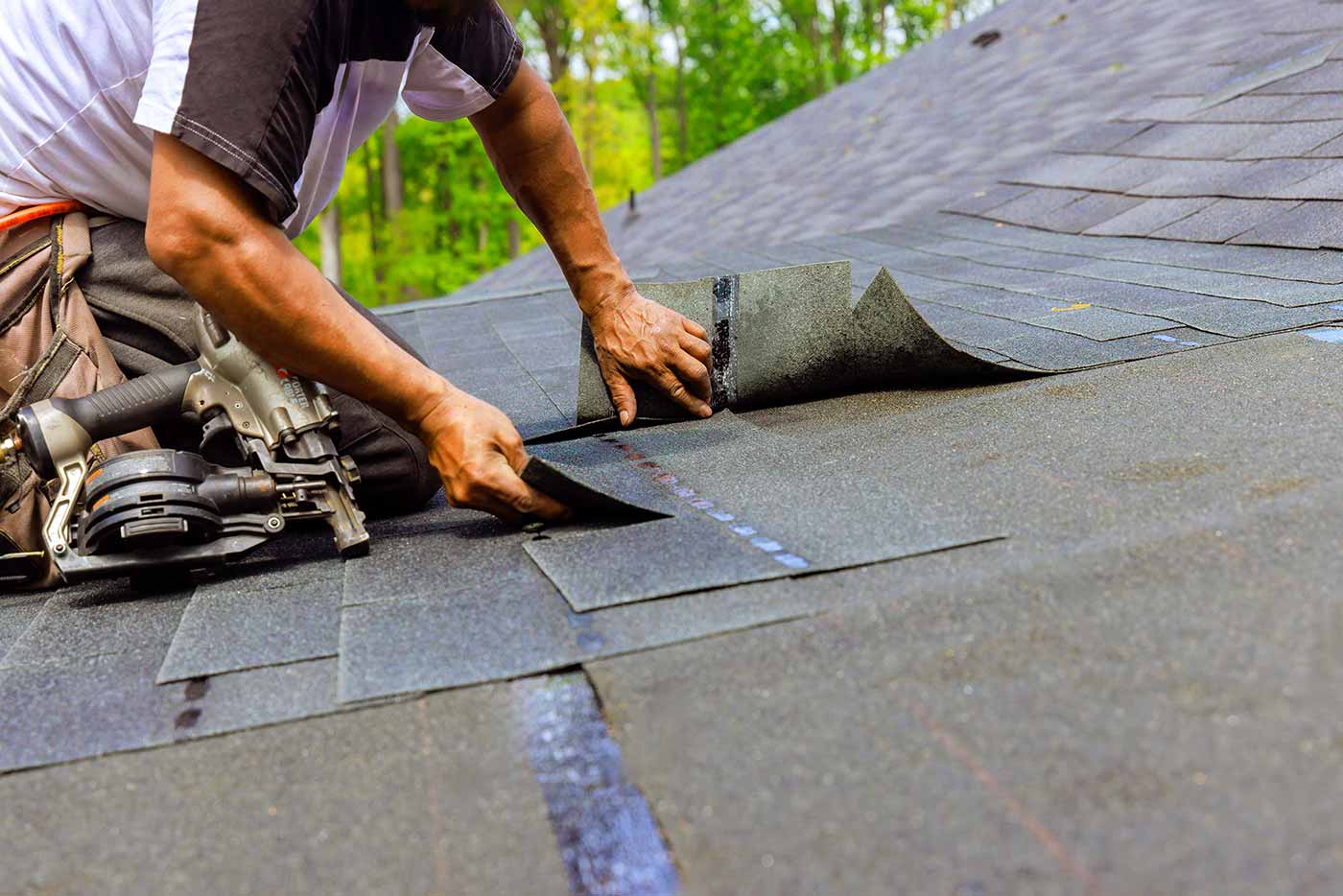Why Your Roof Matters More Than You Think
Think of your roof as your home’s helmet. During a wildfire, it’s your first line of defense against flying embers, which can travel up to a mile ahead of a fire front. These embers are actually responsible for more home ignitions than direct flame contact. When they land on a flammable roof or when they penetrate gaps in your roof (for example, getting into the attic or under the top layer of shingles and tiles), they can quickly turn your home into kindling.
Choosing Fire-Resistant Roofing Materials
Not all roofing materials are created equal when it comes to fire resistance. Here’s what you need to know about your options for fire-resistant roofing.
The Importance of Fire-Rated Underlayment
Before we discuss roofing materials, let’s talk about what goes underneath them. A Class A fire-rated underlayment is crucial for maximum fire protection. This specialized material adds an extra layer of defense against fire penetration, even if your primary roofing material becomes damaged. When installing a new roof, always insist on Class A fire-rated underlayment – it’s a relatively small cost increase that could play a big role in preserving your home. (At LocalRoofs, we use a Class A fire-rated underlayment that has undergone testing where embers and 1200°F heat were blown directly onto the surface.)
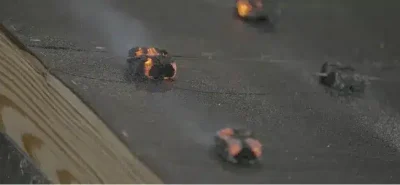
Many homeowners with long-term roofs – like clay and concrete tiles and metal – are finding themselves in a predicament. While the roofing materials on top are fire-resistant and can last for 50+ years, the underlayment beneath typically requires replacement every 25-30 years depending on the quality, durability, and installation. And in many cases, older underlayment is not up to today’s fire standards, presenting a vulnerability. In those cases, a tile reset (removing the tiles, replacing the underlayment, then reinstalling the original tiles) is an option.
Class A Fire-Rated Materials (The Gold Standard)
Concrete and Clay Tiles:
These types of roofing materials are top recommendations for fire-prone areas. They’re incredibly durable, naturally fire-resistant, and can last 50+ years. While they’re more expensive upfront, they’re worth every penny for the protection they provide.
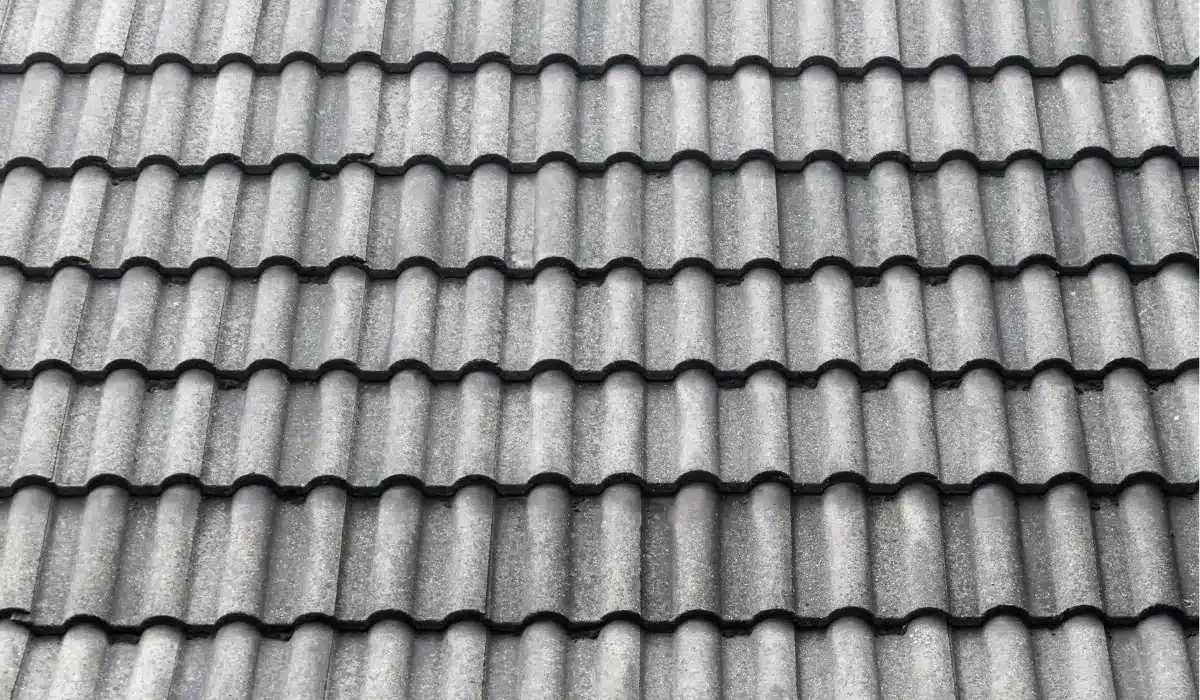
Metal Roofing:
Metal is another excellent choice for Class A fire-rated roofs that’s gaining popularity. Modern metal roofs are lightweight, resistant to both fire and high winds, and can even help with energy efficiency. They also have a very versatile look that can go from rustic charm to a sleek, modern look many homeowners love.
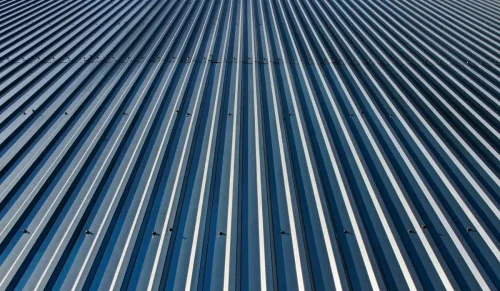
Composition Shingles:
Look for specifically labeled Class A fire-rated asphalt shingles. We carry many great options from top manufacturers. Many newer products are infused with fire-resistant materials and provide excellent protection at a more moderate price point with plenty of color and design options.
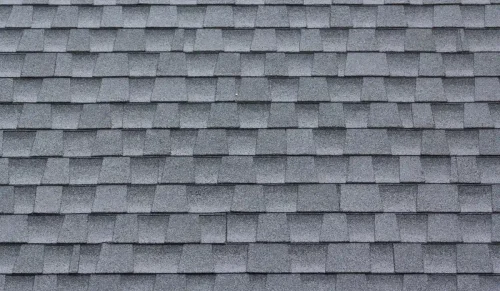
Materials to Avoid
Wood Shakes and Wood Shingles: Even when treated with fire retardants, these traditional materials are much more vulnerable to fire than modern alternatives. In many areas of Los Angeles, Ventura, and Orange County, these roof types are not permitted and/or are strongly discouraged. If you currently have a wood roof, we strongly recommend considering an upgrade to improve the safety of your home and its occupants.
Beyond Materials: The Details Matter
Fire-hardening your roof isn’t just about the materials – it’s also about proper installation and maintenance. Here are some critical points that often get overlooked:
Gaps and Vulnerabilities
Every gap in your roof is a potential entry point for embers. Pay special attention to:
- Attic vents: Make sure you have ember-resistant mesh barriers tested to Class A standard to help prevent ember intrusion while maintaining necessary airflow. Standard mesh vents can allow burning embers to enter your attic space during a wildfire and ignite your home from within.
- Eave and soffit ember-proof attic vents: These vents should also be covered with 1/8-inch or finer metal mesh for safety.
- Ridge vents: Make sure they’re properly sealed and protected.
- Skylights: Choose tempered glass and ensure proper sealing around the frames.
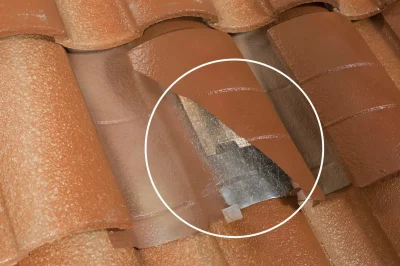
Regular Maintenance is Critical
Even the best fire-resistant roof needs maintenance:
- Clear your gutters regularly of leaves and debris
- Remove any dead vegetation that accumulates on your roof
- Check and replace damaged or missing tiles/shingles immediately
- Have your roof professionally inspected at least once a year
Think of the Big Picture
While the roof is crucial, it’s just one part of a comprehensive fire-hardening strategy. Consider these additional steps:
- Create a 5-foot “zero combustible” zone around your home
- Keep tree branches trimmed back from your roof. They degrade your roofing materials while also acting as kindling
- Consider installing exterior sprinklers designed for fire protection
- Make sure your house number is clearly visible for emergency responders
The Investment Perspective
Think of fire-hardening as an investment in your home’s future. Not only does it protect your property and your family, but it can also:
- Potentially lower your insurance premiums
- Increase your home’s resale value
- Provide some peace of mind during fire season
- Save money in the long run through durability, longevity, and energy efficiency
Take Action Now
Disclaimer: This article represents LocalRoofs’ professional opinion and is not intended as legal or insurance advice. Always consult your local building codes, insurance provider, and qualified professionals for specific guidance regarding your property. When protecting your home from fire, it’s important to understand that even Class A fire-resistant roofing materials—while offering the highest level of protection available—cannot guarantee absolute immunity from fire. Fire-resistant materials are designed to resist ignition, slow the spread of flames, and maintain their protective properties for a specific time period when exposed to fire. This is fundamentally different from the commonly misused term “fireproof,” which implies complete invulnerability to fire—something that doesn’t exist in practical terms. Even the most advanced fire-resistant materials will eventually fail if exposed to intense heat and flames for long enough periods. That’s why fire resistance should be viewed as buying valuable time during a fire, rather than providing absolute protection.
